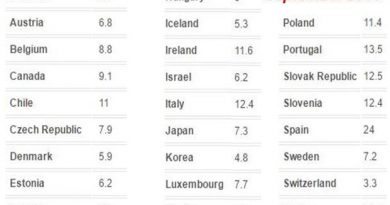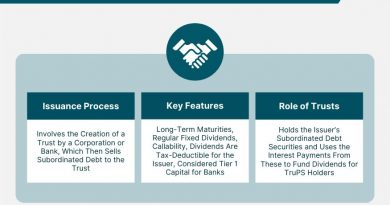Markets in Financial Instruments Directive MiFID Definition

Markets in Financial Instruments Directive (MiFID) is a European regulation that increases transparency across the European Union’s financial markets and standardizes regulatory disclosures for firms operating there. MiFID implemented measures such as pre- and post-trade transparency requirements and set standards of conduct for financial firms. It primarily focuses on stocks and was drafted in 2004 and has been in force since 2007. MiFID II replaced MiFID in 2018.
Key Takeaways
– The goal of MiFID is to increase transparency and standardize regulatory disclosures.
– MiFID is part of EU regulatory changes that impact all financial firms’ compliance departments.
– It has been in force across the European Union since 2007.
– MiFID II replaced MiFID in 2018.
– Stocks are the primary focus but the product scope has been expanded under MiFID II and recent amendments.
Understanding MiFID
The aim of MiFID is to share a common regulatory framework that protects investors. Changes were made in response to the 2008 financial crisis, resulting in MiFID II. The original drafts did not adequately address the regulatory approach to countries outside the European Union. MiFID II harmonized the rules for all firms with EU clients, focusing primarily on stocks, but expanded to include other financial products like OTC derivatives. MiFIR works alongside MiFID and MiFID II to extend the codes of conduct beyond stocks.
Client Classifications Under MiFID
MiFID classifies clients into specific types to reflect different levels of risk and provide appropriate protection. Professional clients, retail clients, and eligible counterparties each receive different levels of information to understand risks and transaction details.
European Union Regulatory Harmonization
MiFID is part of broader regulatory changes impacting financial firms’ compliance departments within the EU. Alongside initiatives like GDPR and MiFIR, the EU aims for a transparent market with clear rights and protections for citizens. Firms accessing the EU market must meet explicit requirements, including appointing a single officer to protect client interests.
MiFID II
MiFID II, enacted in 2018, extended the requirements to issuers of securities beyond equity stocks. It enhanced transparency and reporting for all types of securities trades and broadened investor protection. The amendment in 2022 included tokenized securities and other distributed ledger-based instruments.
Impact on Investment Banks
MiFID II requires banks providing asset management or investment services to trade financial instruments only on regulated platforms or those adhering to transparency requirements. This protects investors by eliminating dark trading of securities.
Difference Between MiFID and MiFID II
MiFID II expanded the transparency and reporting requirements compared to the original MiFID. It also widened the scope to include all types of securities and derivatives.
Brexit’s Effect on MiFID II
After Brexit, the UK and EU lost their ability to easily trade due to similar but separate regulatory regimes. The UK firms lost licenses to provide financial services to EU clients and vice versa, causing duplicate reporting requirements.
The Bottom Line
MiFID was European regulations governing equities markets, enhancing transparency and reporting requirements for European investors. It was replaced by MiFID II in 2018, along with the 2022 amendment.



